Radio Saturn, deciphering the planet’s waves with Hubble
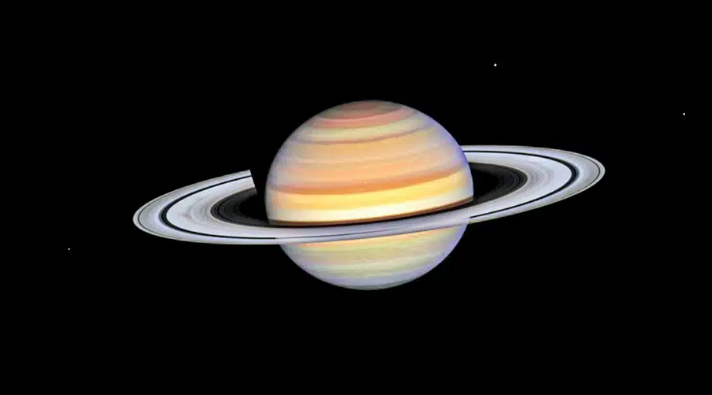
Hey, curious earthlings! Hold on because NASA’s Hubble Space Telescope has sent us a recent postcard from Saturn, and let me tell you, it’s cooler than ice cream in the summer! The photo was taken on October 22, 2023, when Saturn was a staggering 850 million miles away, Hubble gave us such a sharp view that we were able to catch a glimpse of a phenomenon called “ring spokes.” No, we are not talking about alien radio stations, relax! It turns out that Saturn’s spokes are like shooting stars in the rings, these ghostly features appear and disappear in just two or three revolutions around the planet. Imagine losing your favorite TV show in such a short time!
NASA’s Voyager 2 was the pioneer in capturing these wonders in 1981, followed by the Cassini orbiter that took a look during its 13-year mission that ended in 2017, but Hubble is like Saturn’s official photographer, taking annual selfies as these spokes come and go. Now, Hubble’s Outer Planets Atmospheres Legacy (OPAL) program has been playing the role of wedding photographer for nearly a decade, monitoring climate changes in the outer gas giants. These planets also have mood swings, yes sir! The Hubble images show us that the frequency of these radios is like the Spotify playlist, it depends on the seasons. In 2021, they appeared only on the morning (left) side of the rings. As if Saturn had its own morning coffee!
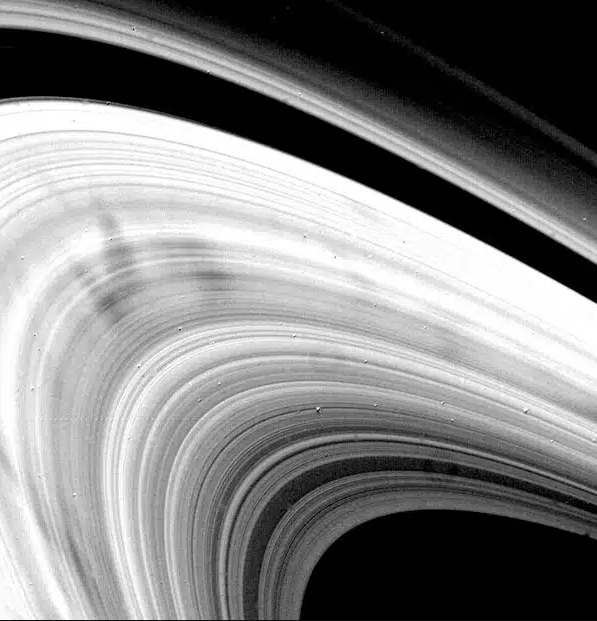
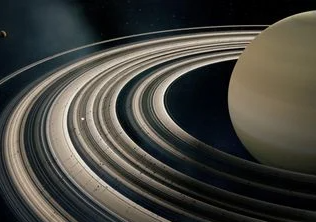
Saturn is like the fashionista of the Solar System; it is tilted on its axis and has seasons that last about seven years. OPAL program lead scientist Amy Simon tells us that we are approaching the Saturn equinox, where we expect maximum radio activity. It will be like an intergalactic music festival! These ephemeral structures are appearing on both sides of the planet this year, and although they seem small compared to Saturn, they may be larger than the diameter of our beloved Earth! Imagine that, a giant radio ring hugging the planet!
The leading theory as to why these mysterious spokes appear? They appear to be connected to Saturn’s powerful magnetic field, and some sort of solar spark causes these spokes to form. When Saturn is at its equinox, it is less inclined towards the Sun, and the solar wind hits that magnetic field hard, as if they were in full party mode! Space scientists believe that electrostatic forces generated by this interaction cause the dust or ice on the rings to float and form these spokes, although, after several decades, no theory tells us exactly what they are up to. But hey, continued Hubble observations could solve this cosmic mystery eventually! So, ready for more surprises from outer space? Hubble is there, with its cosmic camera, capturing the best moments of the Solar System. Stay tuned, space adventurers!
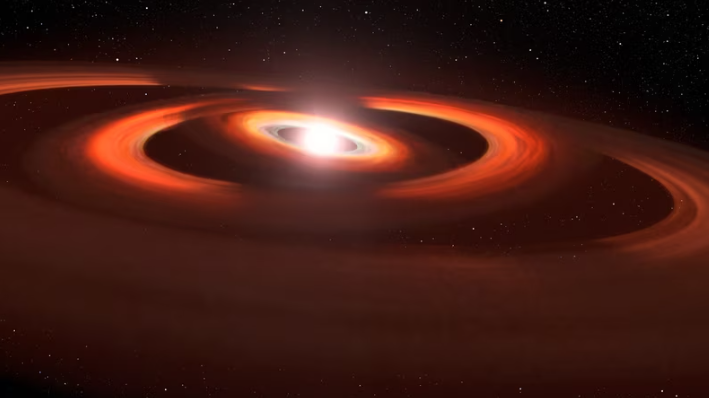
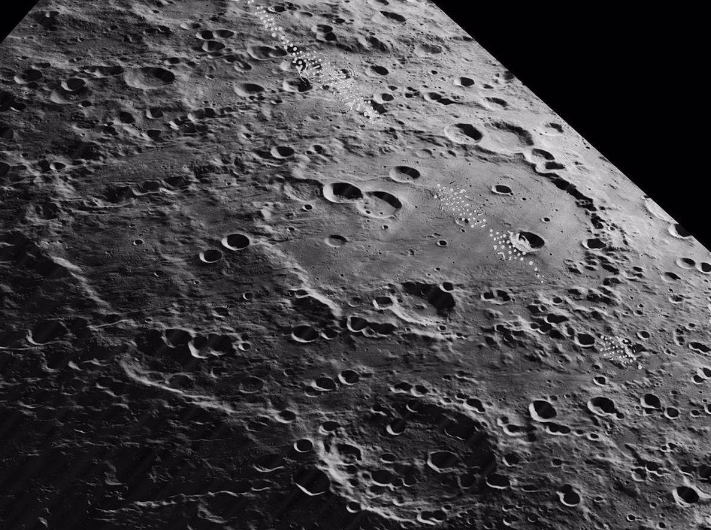

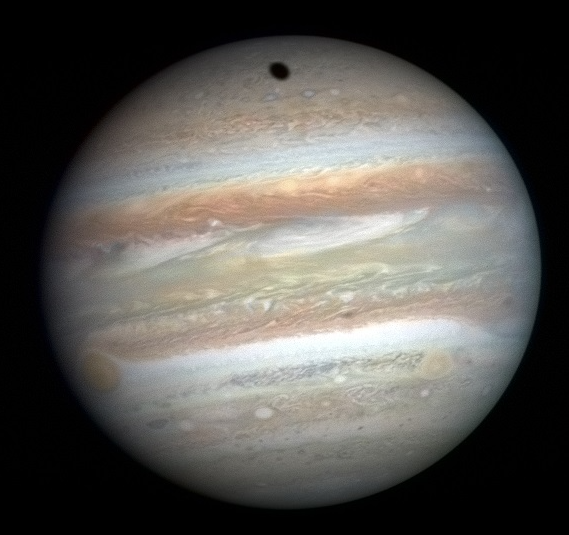
Responses